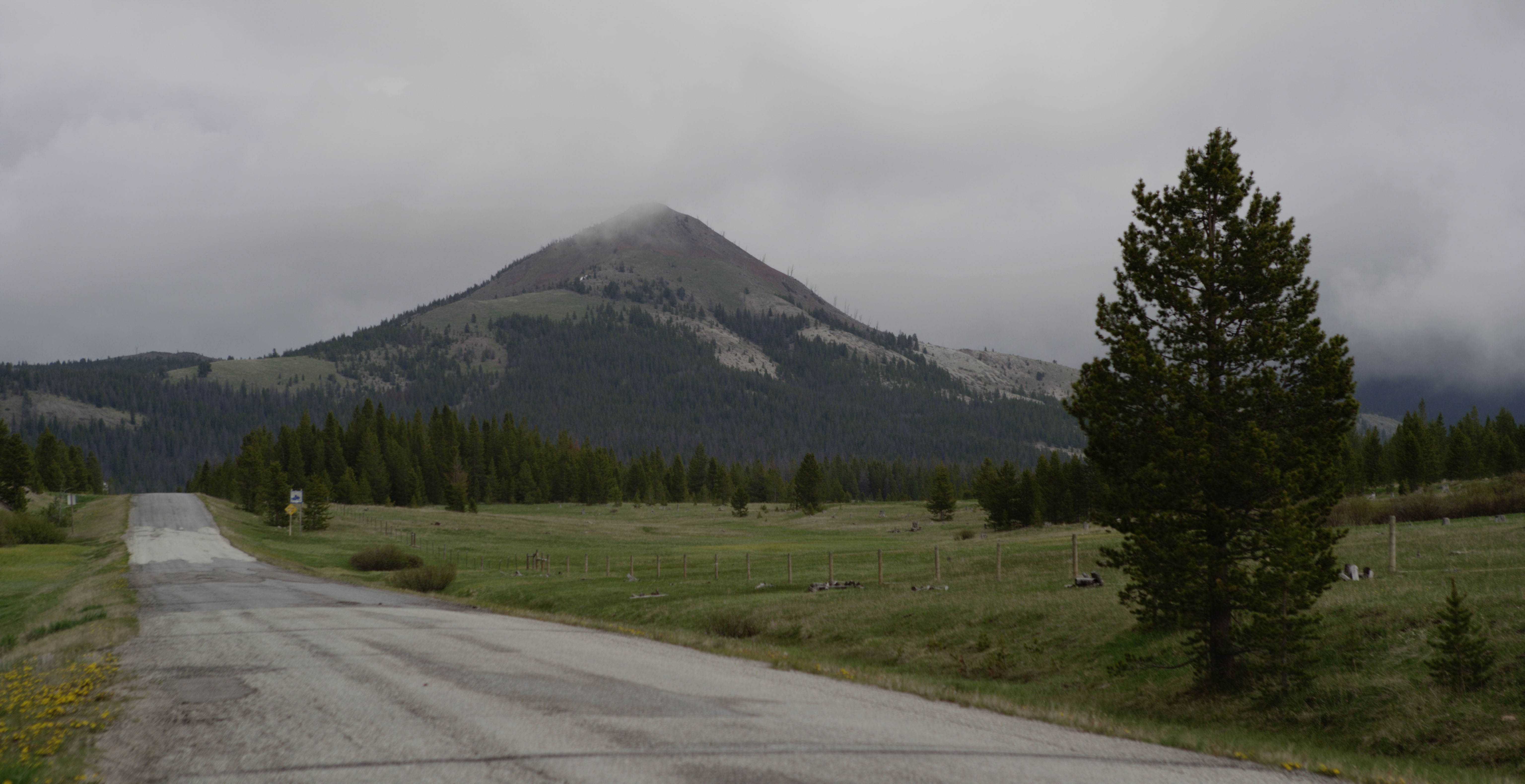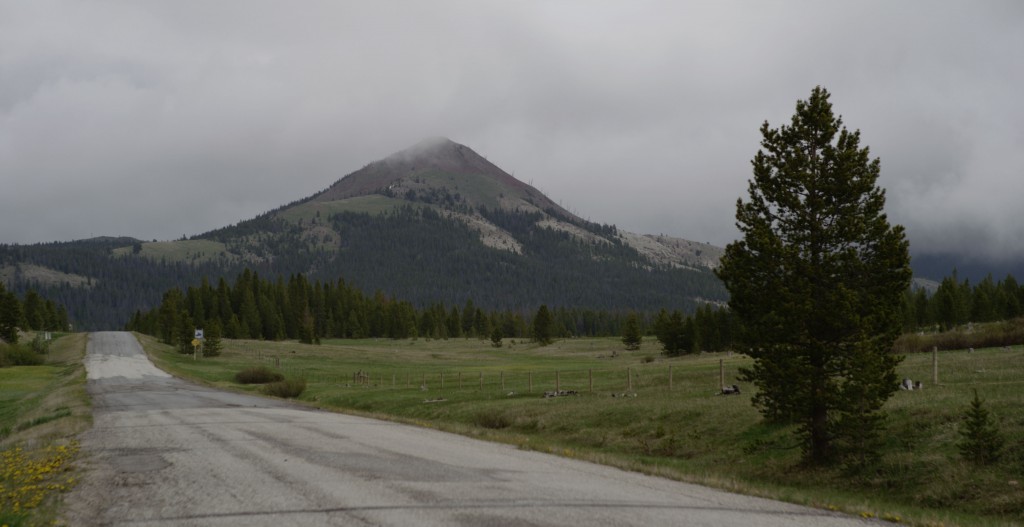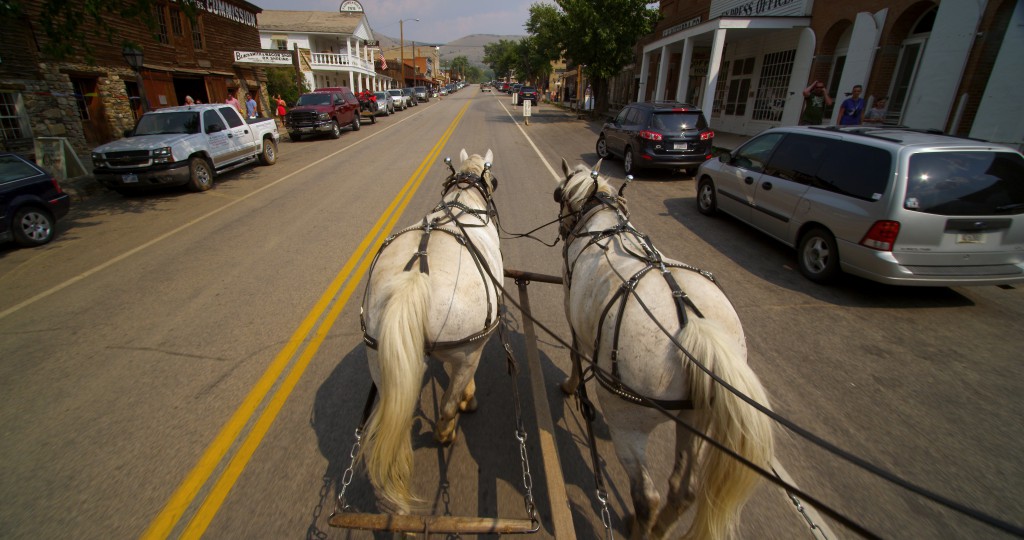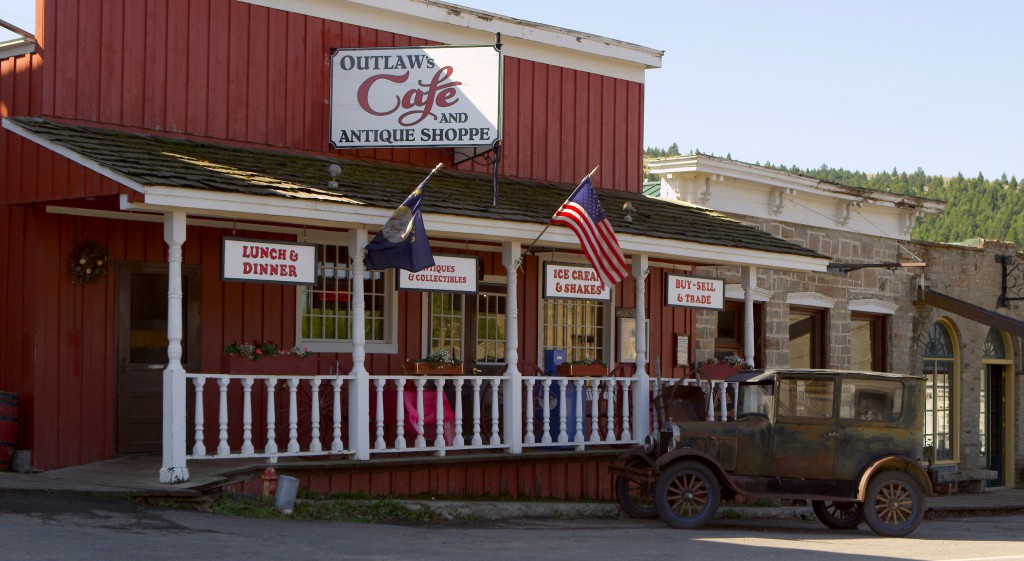You know what’s the worst? Having an idea for a book, and finding out that it has already been written. This happens to me all the time. For example, I have been working on this brilliant metaphorical novel about a ship’s captain who goes mad in pursuit of a white whale, only to find out it had already been written. All those hours researching 19th century whaling practices, wasted.
Last summer, I went to a book reading by Aaron Parrett, where he introduced his book Montana Then and Now, in which he compares the current affairs of the state with those of 1864, the year of Montana’s founding. The book contextualizes the present and argues for the importance of history, and is like a book I would have written, if I would have just thought of it.
I experienced another existential crisis a while ago, when my grandpa loaned me his copy of A Traveler’s Companion to Montana History. In Traveler’s Companion, Carroll Van West invites readers to study Montana history by exploring Montana geography. Montana’s history is intricately connected with the Montana landscape; Montana industry has always relied on the land—from mining, to logging, to agriculture, to tourism. Like the sets on a stage, landscape helps us enter into the mindsets of historical actors. Understanding landscape can help us understand why Fort Benton is where it is, why Stevensville was settled so long before Wibaux, or why some cities turned into ghost towns while others grew. Van West also helps readers learn from the manmade landscape. For example, he explains how “the location of the homesteads in the Gallatin [Valley] can tell you their approximate age, and what types of crops they produced, and the types of buildings can tell you how successful the homesteaders were.” Van West divides Traveler’s Companion into the most common highway routes through the state, and explains the historical significance of the land the reader travels through.
Published in 1986, A Traveler’s Companion to Montana History is ever so slightly out of date. It doesn’t, for example, mention the windfarm at Judith Gap. But one good thing about history is that lots of it stays the same (ok, that’s a very complicated statement, and I’m not going to get into the shifting interpretations of the past right now, but the facts generally stay the same) so the book is still very interesting to anyone who likes to know how the physical landscape interacted with human history. In fact, it is interesting and informative, and I really wish I had written it. Oh well, at least I still have my idea for a novella about how a mutual love of fly-fishing and admiration of Montana redeems the relationship between Missoula-born brothers who have drifted apart.




